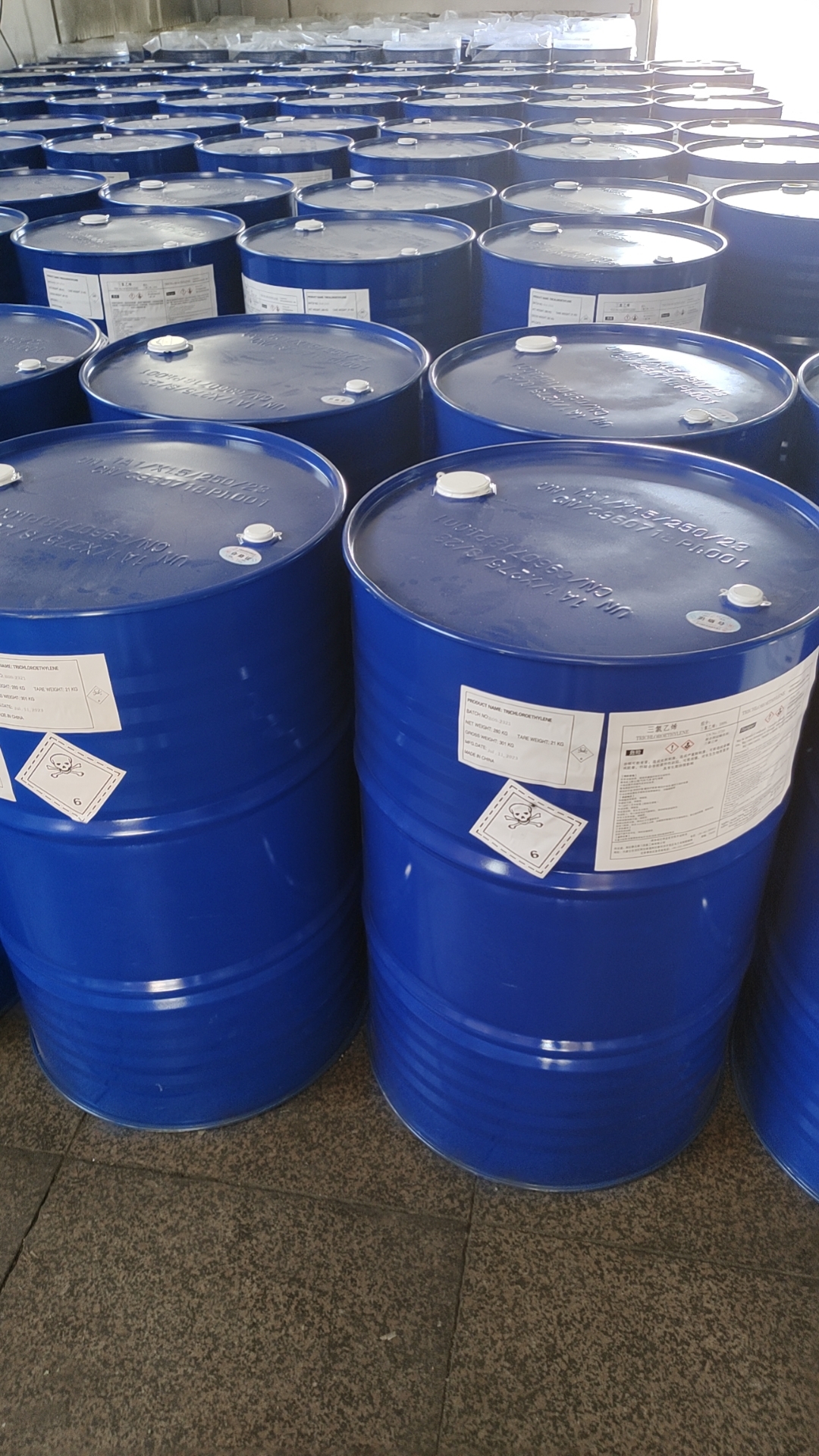Introduction:
In the world of chemicals, few compounds have garnered as much attention as trichloroethylene (TCE). This powerful and versatile solvent has found its place in various industries, from metal degreasing and dry cleaning to manufacturing processes and medical applications. In this blog, we aim to provide a comprehensive introduction to trichloroethylene, exploring its uses, effects, and environmental considerations.
(TCE). This powerful and versatile solvent has found its place in various industries, from metal degreasing and dry cleaning to manufacturing processes and medical applications. In this blog, we aim to provide a comprehensive introduction to trichloroethylene, exploring its uses, effects, and environmental considerations.
Understanding Trichloroethylene:
Trichlorethylene, also known as TCE or trichloroethene, is a nonflammable, colorless liquid with a sweet odor. In terms of its chemical structure, TCE consists of three chlorine atoms attached to a double-bonded carbon chain. This unique composition gives trichloroethylene its valuable solvency properties, making it an excellent choice for a wide range of applications.
Industrial Applications:
One of the most prominent uses of trichloroethylene is as a degreasing agent in metalworking industries. Its effective solvency allows it to dissolve oils, grease, and other contaminants from metal surfaces, ensuring proper adhesion and finishing. In addition, TCE is widely used as a cleaning agent in photolithography, a process crucial in the fabrication of microchips and semiconductors.
TCE’s exceptional solubility makes it an ideal choice for dry cleaning. Its ability to dissolve oils, fats, and other stains, coupled with its low boiling point, allows fabrics and textiles to be cleaned efficiently without causing any significant damage.
Medical Applications:
Beyond industrial and cleaning applications, trichloroethylene has been utilized in the medical field as an anesthetic. When administered in controlled and monitored doses, TCE can induce a state of unconsciousness, making it suitable for minor surgical procedures. However, it is important to note that the use of trichloroethylene as an anesthetic has declined due to the introduction of safer alternatives.
Health and Environmental Effects:
While trichloroethylene is undeniably a useful chemical, its exposure does pose health risks. Prolonged or repeated contact with TCE can lead to various toxic effects, including central nervous system depression, liver damage, and kidney dysfunction. In extreme cases, it may also cause cancer.
Furthermore, trichloroethylene’s volatile nature makes it prone to vaporize into the air, potentially affecting indoor and outdoor environments. Overexposure to TCE fumes can lead to respiratory irritation and, in some cases, adverse effects on the cardiovascular system. Due to its potential to contaminate groundwater, the release of TCE into the environment requires strict regulation and careful disposal techniques.
Environmental regulations and safe handling:
Recognizing its potential hazards, several countries have implemented regulations regarding the handling, storage, and use of trichloroethylene. Industries that rely on TCE are now required to implement safety measures, such as capturing and recycling TCE emissions, as well as implementing proper ventilation systems to minimize exposure risks.
Conclusion:
Trichloroethylene, with its unique chemical properties and wide range of applications, plays a significant role in various industries. While its effectiveness cannot be denied, it is essential to carefully consider the potential health and environmental risks associated with its use. By implementing stringent safety measures and adhering to regulations, we can continue to harness the benefits of trichloroethylene without compromising the well-being of our health and planet.
Post time: Nov-25-2023








